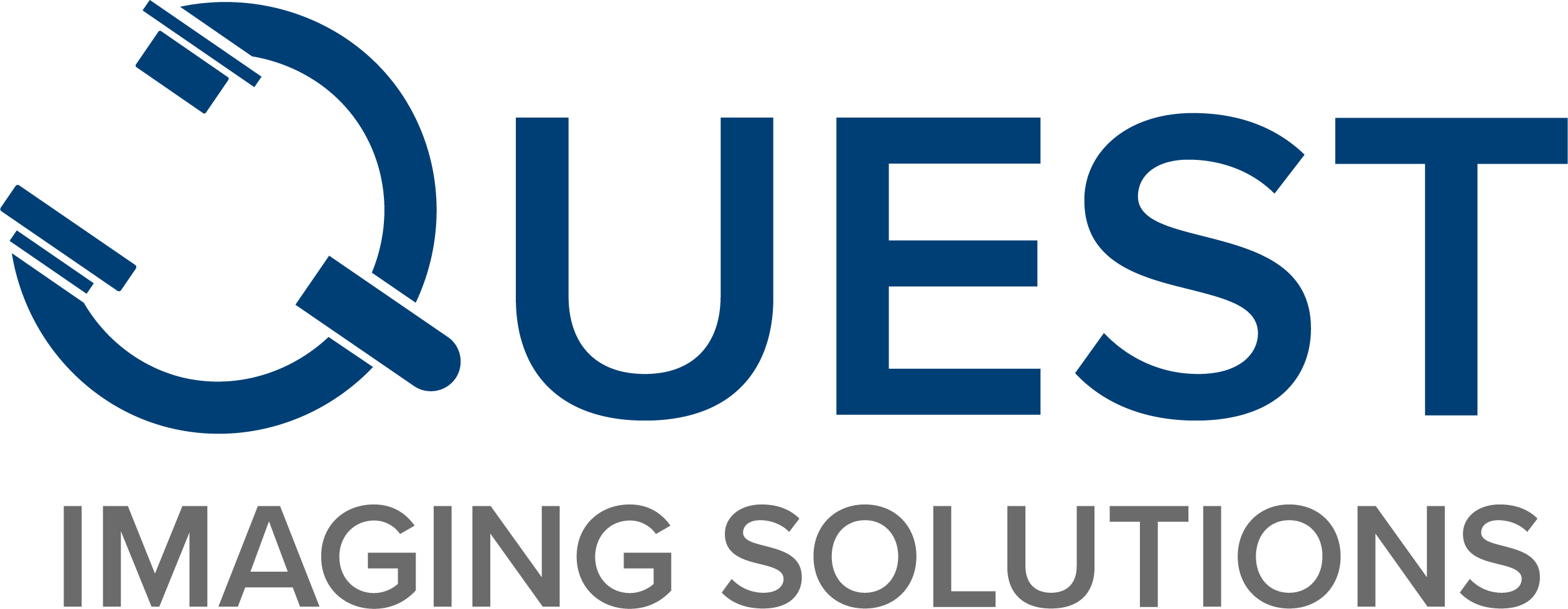Earlier this month at the 11th Annual Orthopedic, Spine and Pain Management-Driven ASC Conference, Luke Lambert, CFA, CASC, chief executive officer of Ambulatory Surgical Centers of America, answered questions about the best strategies for ambulatory surgery centers to thrive in the next five years.
1. What still works today. One of the best strategies for ASC owners seeking to gain and sustain success is physician recruitment. “Centers have doubled or tripled their income due to physician recruitment,” said Mr. Lambert. ASC leaders should aim to have an average of 14 physicians performing procedures at their center and continue to work on physician recruitment each year.
“You want to recruit as many physicians as you can. There is no rule of thumb. Anyone you can reach out to, I encourage you to do so,” said Mr. Lambert.
One of the easiest specialties to add to an existing center is ophthalmology. Gastroenterology can be attractive as well, but the number of cases done for these specialties needs to be higher. Adding spine to an existing center can be a great asset, but hospital-based spine surgeons may be wary of the outpatient setting. “We have found that orthopedics is a reliable conversion. Orthopedics and sports medicine are the bread and butter of some of our centers,” said Mr. Lambert.
2. Most effective changes to improve your bottom line. “The biggest thing you can do to lower costs is to compress the surgery center schedule,” said Mr. Lambert. A center that performs 30 to 40 cases a week can compress its schedule to be open one or two days a week. There will only be a few fulltime staff members, but the center will save a large amount of money through the efficiency of the compressed schedule. Centers with already compressed schedules should reevaluate how time is used regularly. “There is still enormous room to compress schedules,” said Mr. Lambert.
3. The benefits and pitfalls of a hospital partner. When partnered with a hospital, ASCs primarily benefit from the hospital’s reimbursement rates. ASC owners should be aware of proximity to a hospital and whether or not they will still be competing for patients. A hospital may only refer patients to the ASC if it is experiencing space constraint. ASC owners need to weigh the potential benefits and downsides of hospital carefully before entering into a partnership.
4. Work with payers. Payer negotiation is an ongoing a process, and one that can save a surgery center a significant amount of money. Revisit payers periodically to negotiate better reimbursement rates. “The people with payers will change. You will probably deal with someone else,” said Mr. Lambert.
Though payer relationships with surgery centers vary across the nation, it is a relationship that is constantly shifting. “Things change on the payer end of things. In one case, we revisited a payer after five years and were able to sign a contract for more than 500 percent of Medicare,” said Mr. Lambert.
5. Be flexible. Case volume and revenue are the most important elements in ASC success, but there is no constant formula for maintaining these factors. As things change, physician partners and ASC owners need to communicate with one another. “Everyone can acknowledge that healthcare in this country is very inefficient. ASCs are one of the few thins that are efficient, but the pressure will be to remain so,” said Mr. Lambert.
Those running ASCs will need to regularly discuss with one another how to respond to changes in the healthcare market. “In order for surgery centers to grow, they will have to be agile and adaptive,” said Mr. Lambert.
Source: Becker’s ASC Review
